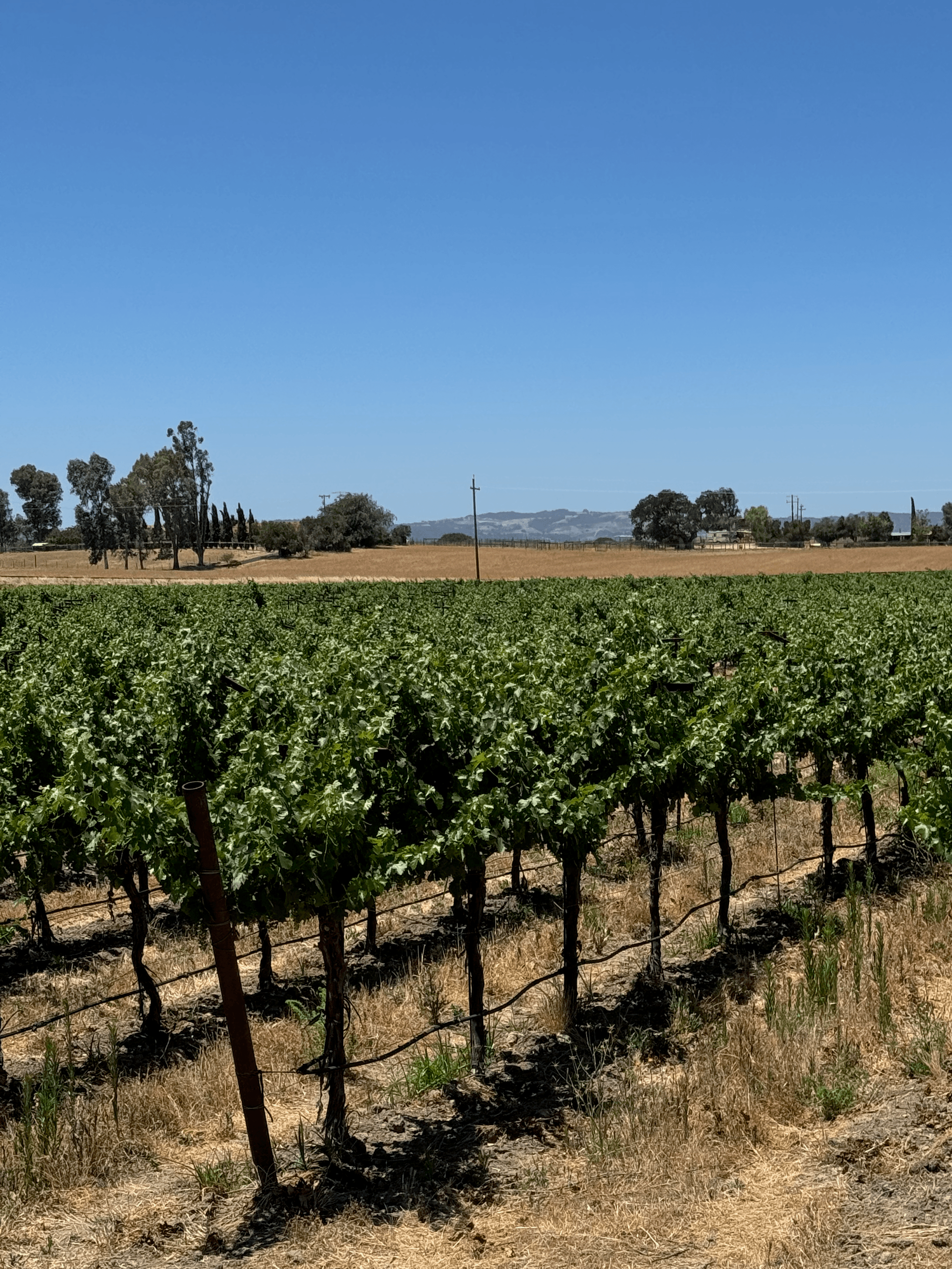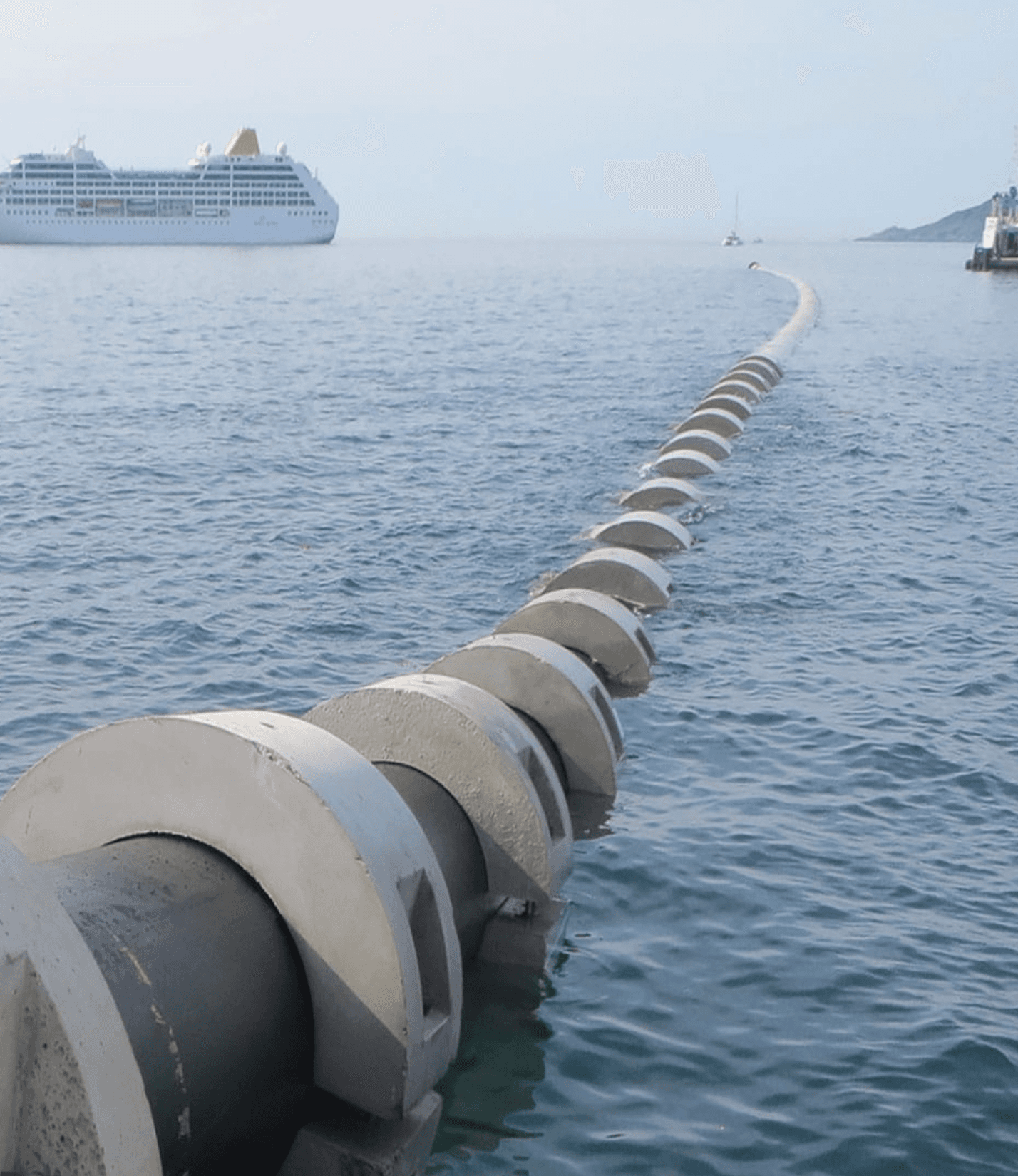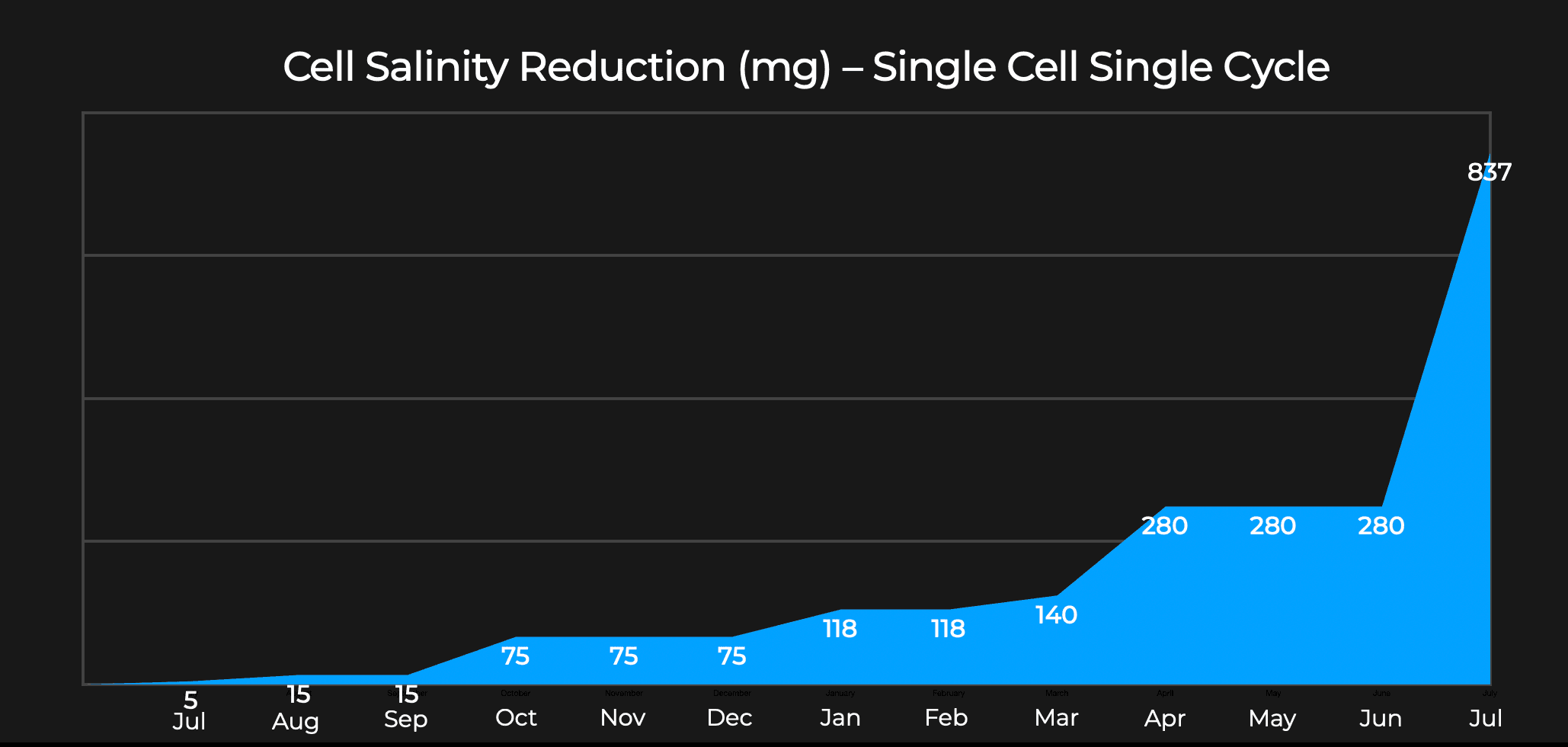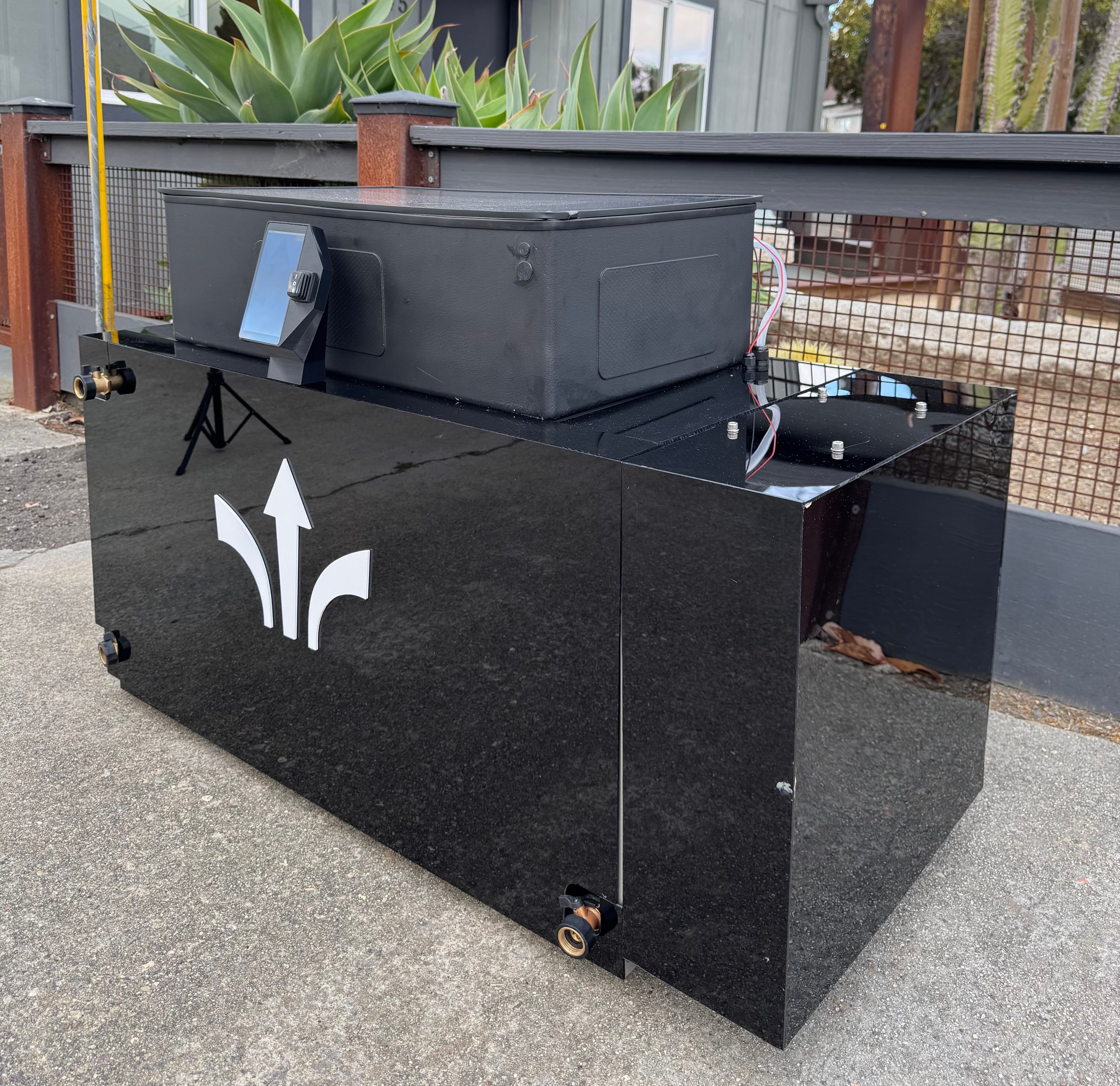
Water Scarcity is an Engineering Failure
We Create Fresh Water to Unlock Human Growth
See How Our Tech Is Better
Why We Are Different
From vineyards to rural industry, we deliver electric desalination that is capable, affordable and simple.
Fits Your Budget
Priced like common ag and industrial tools – not $100K+. Compact enough to install anywhere.
Use the Water You Already Have
Brackish water isn't just coastal – it's underground and in wastewater. We make it usable.
Works Where Big Desal Doesn't
Rural, inland or off grid - if you've got salt, this works.
Simple to Run, Easy to Fix
Built for self-service - no specialists, no downtime.
Not Iteration. Invention.
The first product of its kind in water — built for the field, not the lab.
Waste That Works for You
Turn salt into inputs. Cut disposal costs. Add value to every gallon.
Master Plan



Tap inland brackish water to reduce freshwater demand, serving overlooked industries, small business and communities.
Transform salty waste into valuable industrial materials, cutting costs and improving water treatment economics.
Deploy desalination pipelines that clean seawater en route, replenishing aquifers and ending water scarcity.
Milestones We Hit in Q2
Progress on the way to ending water scarcity.

Prototype reliability test unit

Where We Are Today
Lab cell prototypes hit stage required to allow scale up
Reliability testing of multi-cell unit underway for 24/7 operation
Pilot unit shipping to Central-Coast winery in Q4
Friends-and-Family round opening in Q4 to fund large pilots, manufacturing ramp
Our Team

Derek Bednarski
Founder & CEO
Derek Bednarski, Founder and CEO, leads Waterline's product strategy and oversees materials and control systems. He developed our initial prototypes, drove the 2X advancement in electrode materials, and engineered our automated rig, boosting testing throughput by 4X. Previously at Tesla, Derek leveraged operational expertise and applied machine learning to automate diagnostics and scheduling, saving over 300,000 service hours quarterly. He co-invented a patented automation system, significantly improving customer experience and operational efficiency. Derek excels at applying first-principles thinking to tackle tough problems, a skill sharpened by his philosophy major at Tulane and hands-on training at Tesla.

Eddie Brucculeri
Co-Founder & CFO
Eddie Brucculeri joined Waterline as Co-Founder and CFO in April 2025. At P97 Networks, where he served as Head of Finance, Eddie helped scale revenue five-fold, secured a $40 million venture-debt facility and a $40 million Series C round, and played a key role in the company's acquisition by PDI Technologies. His background in investment banking at Deutsche Bank and hedge fund analysis at Aetos Alternatives brings rigorous financial discipline and strategic clarity to Waterline. Eddie oversees our finance, sales, and business development strategies, helping steer the company's growth into our upcoming funding rounds and beyond.

Matthew Gao
Mechanical Engineering Lead
Matthew Gao joined Waterline in January 2025 as our Mechanical Engineering Lead. Matt brings deep experience in designing for manufacturing at scale from his work at Tesla (Seating & Safety Systems) and Koniku – a biotech startup where he built precision systems for bio-mechanical sensing devices. His hands-on role at Tesla, balancing high-volume production needs with complex mechanical constraints, makes him perfectly suited to tackle Waterline's critical electrode retention challenges. Matt's innovative designs are already responsible for our recent 3.7X cell performance improvement, and he's currently leading construction of our pilot unit.

Lauren Greenlee, Ph.D.
Board of Directors
Lauren Greenlee joined Waterline's Board in July 2025. She is EVP of Food + Water + Waste at XPRIZE, where she leads global initiatives to solve water scarcity and food abundance. Previously, Lauren was CTO at sHYp, advancing seawater-to-hydrogen technology from lab scale to pilot. She also co-founded CatalyzeH2O and held technical leadership roles at NIST and in academia. With a Ph.D. in Chemical Engineering from UT Austin, Lauren brings deep expertise in electrochemical water treatment and a track record of scaling innovation.

Jordan Goldbloom
Mechatronics Engineering Intern
Jordan joined Waterline to lead development of our battery management system, circuit design, and sensing architecture. She studies mechatronics at the University of Waterloo and previously interned at Tesla and Ample, where she built custom PCBs, embedded systems, and automated tools for high-voltage battery testing and diagnostics. She also led electrical integration for a 588V EV battery pack on Waterloo's Formula Electric team.

Arthur Speirs
Mechanical Engineering Intern
Arthur joined Waterline to lead hardware integration for our pilot system, spanning CAD, prototyping, and field deployment. He studies Integrated Engineering at UBC and previously worked on vehicle packaging at Tesla. As team captain of UBC Baja, he directed a 48-person team, ran cross-functional design reviews, and oversaw complete vehicle integration from concept through competition.